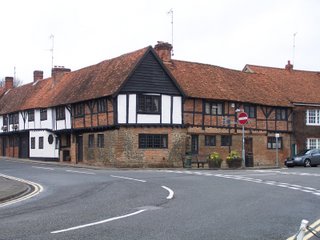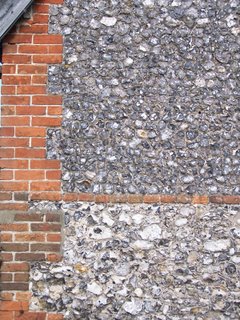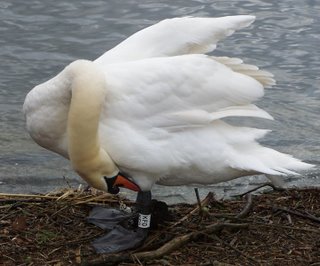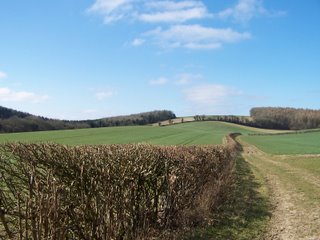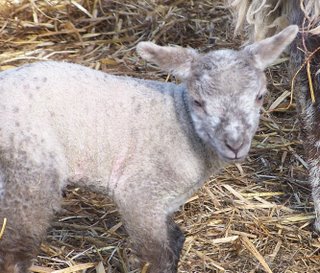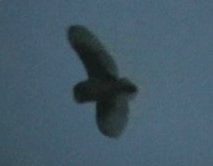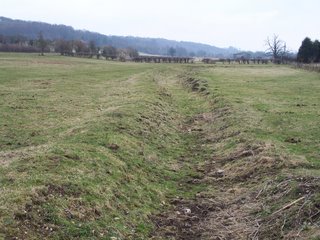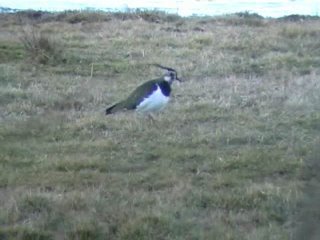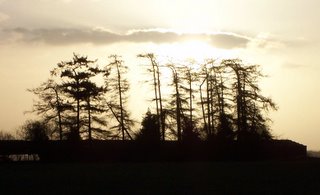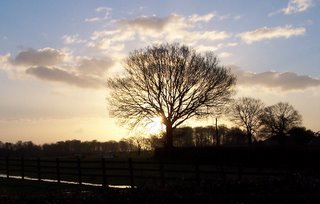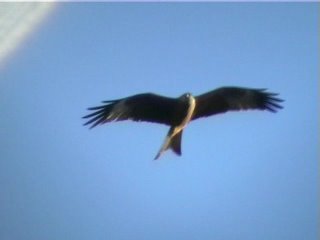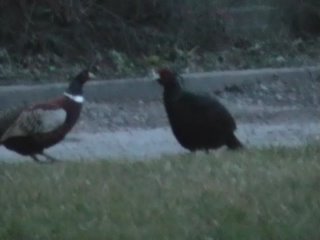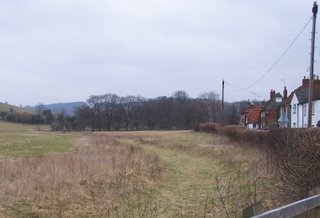
This is, or rather should be, Hamble Brook. For over a year now, the brook has been completely dry. So, I hear you say, why is this of interest?
Well, for those who haven’t done Geography for a long time, the Chalk that underlies the Chilterns is a very porous rock. Water falling on the higher ground is absorbed in to the chalk. The water level in the chalk varies during the normal yearly cycle; naturally at it’s highest during the winter period. Between the source or spring and the chalk stream joining a river is called a Bourne. Now, as was just stated, the level of the water table varies, so the highest point that a stream starts is referred to as the Winterbourne. In the case of Hamble Brook, this is near the village of Skirmett, where this photograph was taken.
Is this another of the effects of Global Warming? I don’t know about you, but my head aches trying to understand the conflicting information being presented from all sides of the argument.
What I do know however, is that the latest figures show that in January 2006 there was only 20 millimetres of rain – just 29 per cent of the expected long-term average in this region, continuing a 15-month drought across south-east England.
There was less rain in January 2006 than in any month during the summer of 2005. Since the start of November 2004, the area has had only 66 per cent of expected rainfall, with all but one month since then seeing below-average levels.
I recently listened to a radio phone-in show, where they were debating the fact that one of the SE England water companies had just won a court case to enable them to make water meters compulsory. It was scary listening to the indignant, irresponsible attitudes of people who thought it was a God-given right to carry on wasting water, like we currently do.
I think perhaps they should experience what a large part of the world’s population do, and have to carry every drop of water that they need. That way, they may be prepared for what almost certainly will happen in the SE of England before too long!
